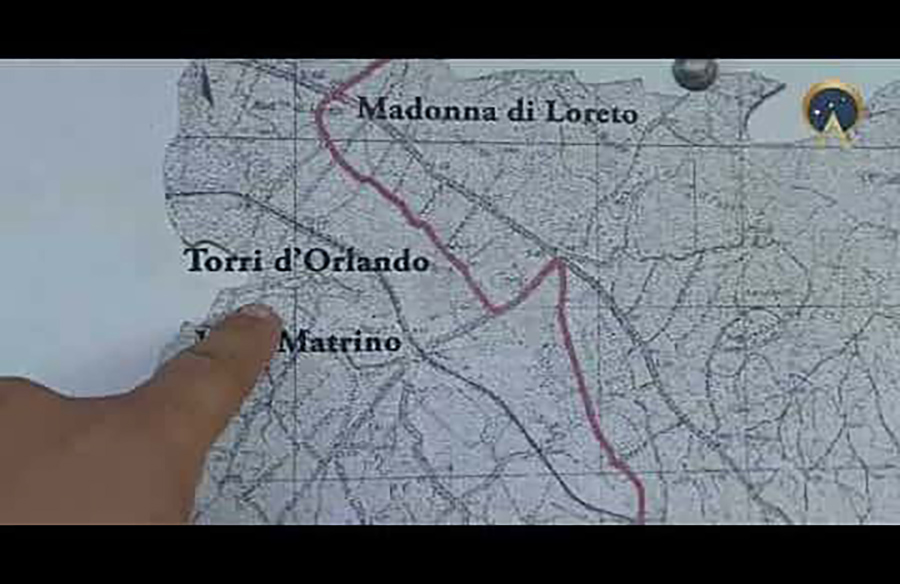When discussing the notable Mesoamerican civilizations, the focus often gravitates towards the Aztecs and Maya, overshadowing other significant cultures. However, the region of Mesoamerica, spanning from central Mexico to Honduras and Nicaragua, has been home to various indigenous societies, including the formidable Purépecha Empire, also known as the Tarascan civilization.
Unveiling the Purépecha Empire
 Situated in modern-day Michoacán, the Purépecha Empire once reigned over a vast territory in Western Mexico, covering approximately 75,000 square kilometers (29,000 sq mi). Despite being overshadowed by its counterparts, the Purépecha made remarkable strides in agriculture, architecture, and metallurgy, establishing themselves as one of Mesoamerica’s most remarkable cultures.
Situated in modern-day Michoacán, the Purépecha Empire once reigned over a vast territory in Western Mexico, covering approximately 75,000 square kilometers (29,000 sq mi). Despite being overshadowed by its counterparts, the Purépecha made remarkable strides in agriculture, architecture, and metallurgy, establishing themselves as one of Mesoamerica’s most remarkable cultures.
Tracing the Purépecha Civilization
The Purépecha, now primarily residing in the highlands of central Michoacán, boast a cultural heritage spanning over 2,000 years. Unlike the Maya and Aztecs, they lacked a system of writing, necessitating the reconstruction of their history through archaeological findings and local oral tradition. Heronimo de Alca’s Relación de Michoacán, a 17th-century friar’s account, serves as a valuable historical resource.
Rise of the Purépecha Empire

Originating in central and northern Michoacán, the Purépecha civilization flourished around Zacapu, Cuitzeo, and Pátzcuaro during the Late Pre-Classical period (150 BC – 350 AD). By the Middle Post-classic period (1000-1350 AD), they developed a centralized political structure and social stratification, marking a significant advancement in their societal organization.
The Magnificence of Tzintzúntzan: Heart of the Empire
During its zenith, known as the Tariacuri phase (1350-1520 AD), the Purépecha Empire’s capital shifted from Pátzcuari to Tzintzúntzan, consolidating its power over the surrounding cities. Tzintzúntzan served as the administrative, commercial, and religious nucleus of the empire, governed by a hierarchical elite class overseeing a burgeoning population.
Economic Structure and Trade Network
Under a top-down economic model, the empire thrived on a tribute system, ensuring resource distribution through markets and trade routes. While basic materials and labor were readily available, precious metals like gold and silver were strictly regulated, showcasing the empire’s prowess in metallurgy and trade.
Purépecha Religion and Cultural Syncretism

The Purépecha practiced a polytheistic religion centered around deities like Curicaveri/Kurikaweri, the sun-god, and Kwerawáperi, the earth-mother goddess. Their religious landscape evolved through cultural syncretism, incorporating deities from conquered regions into their pantheon, fostering unity amidst diversity.
Aztecs and Purépecha: Foes or Allies?
Despite territorial disputes, the Aztecs and Purépecha rarely engaged in direct conflict, maintaining a delicate balance of power along their borders. Military prowess, fortified by a professional army, deterred full-scale warfare, allowing for occasional cultural exchange and trade between the empires.
The Spanish Conquest and Legacy
With the arrival of Spanish conquistadors in the early 16th century, the Purépecha Empire faced its downfall. Subjugated by figures like Nuño de Guzmán, the empire succumbed to Spanish rule, leading to the dismantling of indigenous political structures. Yet, the legacy of the Purépecha endures in archaeological wonders like Tzintzúntzan, reminding us of their resilience amidst colonial oppression.
Conclusion
The Purépecha Empire, often overlooked in Mesoamerican history, stands as a testament to the region’s rich cultural tapestry. Despite succumbing to external forces, their achievements in governance, trade, and religion leave an indelible mark on the annals of history, urging us to acknowledge and honor their enduring legacy.















